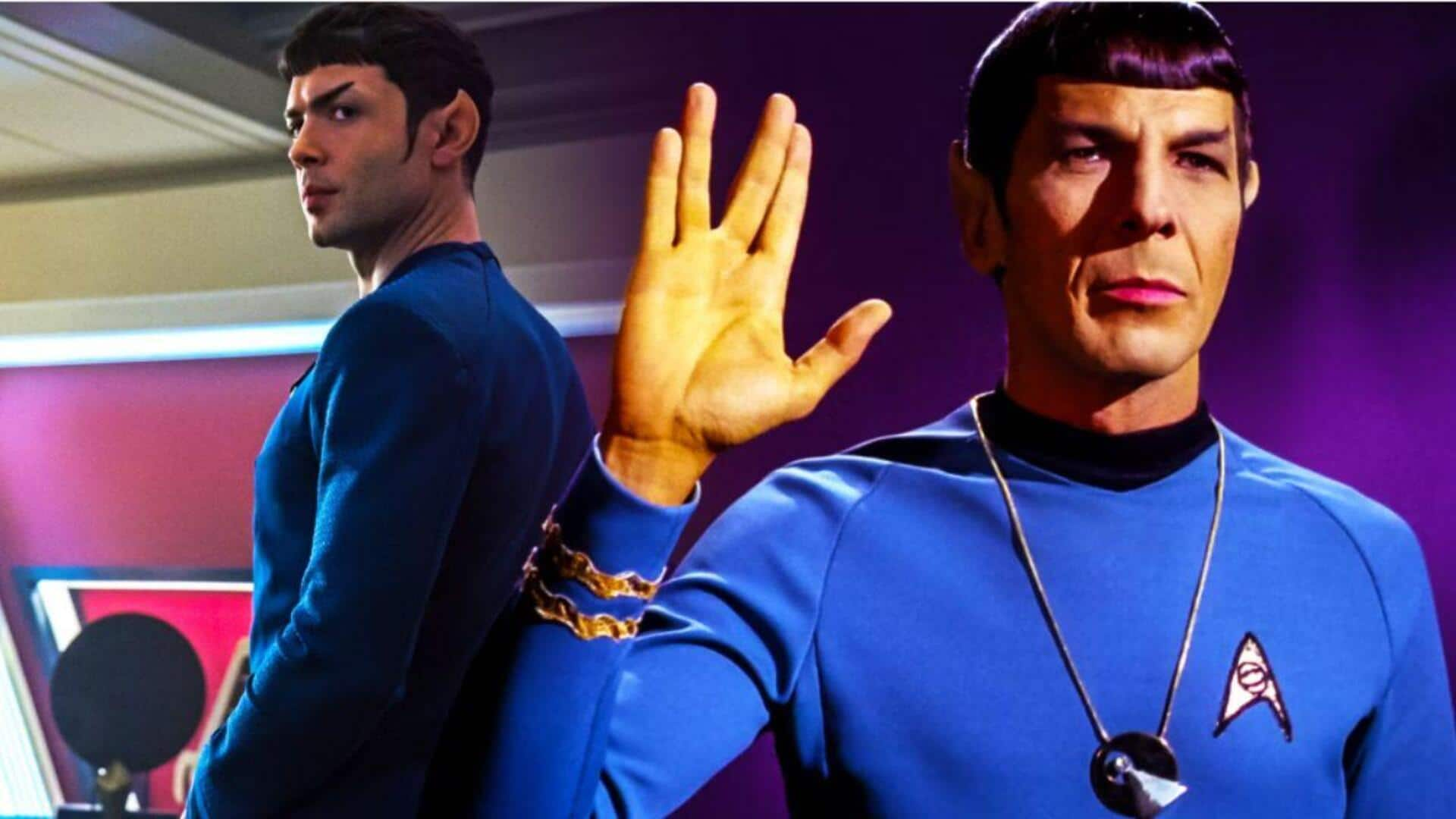
5 times 'Star Trek' proved it's light-years ahead on inclusion
What's the story
Star Trek has always been hailed for its progressive take on diversity and inclusion. From the very beginning, the franchise has continued to break barriers by presenting a universe where varying cultures, races, and species come together in peace. Here are five times Star Trek lived up to these values, showcasing how it has worked to include a myriad of characters and stories that connect with audiences globally.
Breaking barriers
Uhura's role as a communications officer
In the original series, Lieutenant Uhura was also one of the first African American female characters to hold a prominent role on television. As the communications officer aboard the USS Enterprise, she was shown to be intelligent and capable. Her presence defied stereotypes of the time and opened doors for greater representation of African American women in media.
Pioneering moment
The first interracial kiss on TV
One of Star Trek's most progressive moments was Captain Kirk and Lieutenant Uhura's interracial kiss, which took place in 1968. The scene was one of television's first interracial kisses, defying societal norms at a time when racial tensions were high. It reflected Star Trek's commitment to championing equality and breaking down racial barriers.
Inclusive ensemble
Diverse crew in 'The Next Generation'
Star Trek: The Next Generation kept the tradition of diversity alive with its star-studded cast, including characters from various backgrounds. The crew consisted of people like Geordi La Forge, who was blind but worked as the chief engineer due to advanced technology. This representation highlighted how physical limitations don't define one's capabilities or contributions.
Universal Acceptance
Representation through alien species
Across its iterations, Star Trek employed alien species to act as metaphors for real-world problems of race and culture. By exploring themes like prejudice through interactions between different species—such as Vulcans or Klingons with humans or other aliens on starships like the Deep Space Nine station—the show encouraged deep reflection. Viewers were inspired to examine their own biases while learning to appreciate and celebrate the differences in those around them.
Expanding horizons
LGBTQ+ representation in later series
Later series such as Discovery brought in new characters, including the iconic couple Stamets and Culber, and the non-binary character Adira Tal. It took inclusion further than ever before, embracing Gene Roddenberry's vision of a universe where everyone is accepted, no matter where they come from or what they believe.